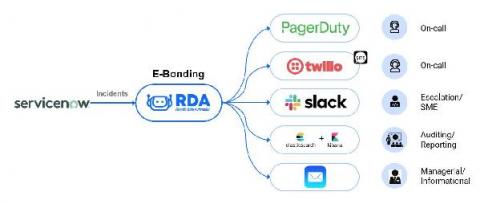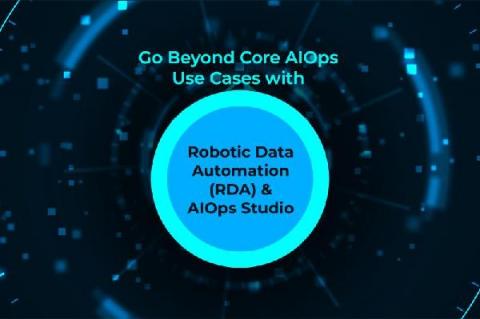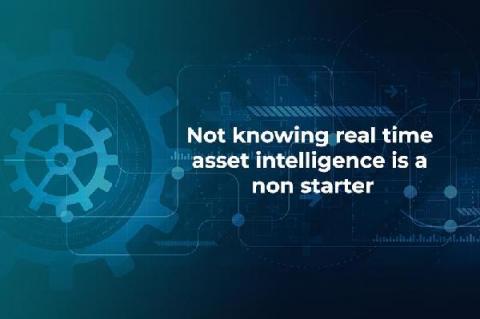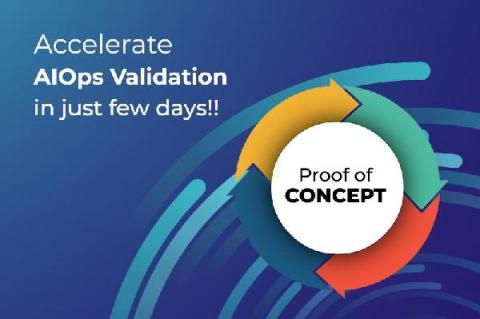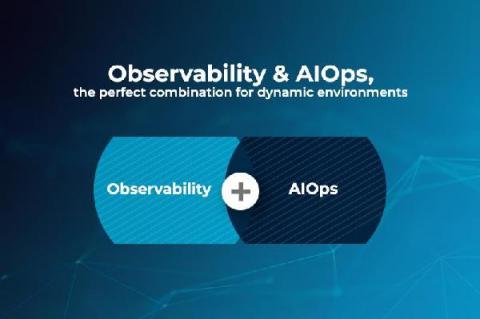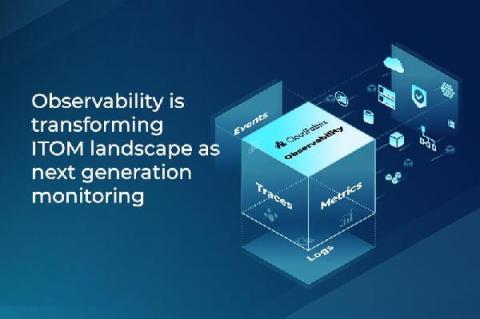Top 3 NLP Use Cases for ITSM
What is NLP Natural Language Processing is a specialized subdomain of Machine Learning which is generally concerned with the interactions between the human and machine using a human verbal or written language. NLP helps in processing huge volumes of text which would take a significant amount of time for a human to comprehend and process otherwise. Hence a lot of organizations take advantage of NLP to gain useful insights out of their text and free formatted data.



